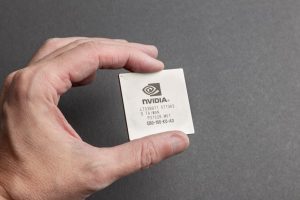Vodafone and Zinkworks Revolutionize 5G Management with Generative AI Platform
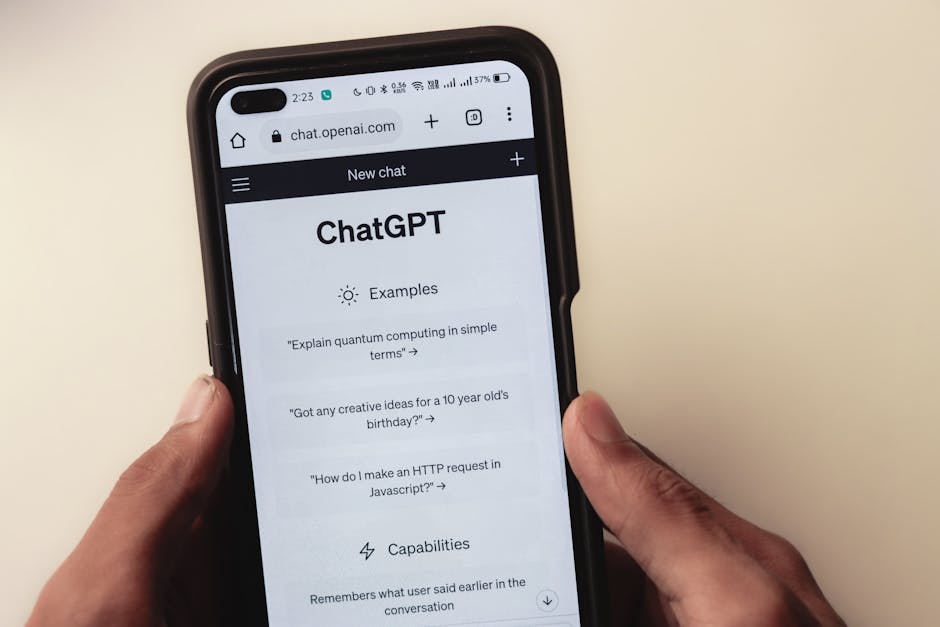
Vodafone, in collaboration with Zinkworks, is advancing the telecom industry by developing an innovative generative AI platform aimed at simplifying 5G network management. Named Rapid RIC, this groundbreaking solution seeks to boost network performance, optimize energy consumption, and streamline the complex operations of the Radio Access Network (RAN). By leveraging artificial intelligence and a user-friendly graphical interface, Rapid RIC empowers radio engineers to create, test, and deploy applications or ‘rApps’ without requiring extensive programming skills. The platform promises to revolutionize network management by automating tedious tasks, enhancing efficiency, and improving customer experience.
Transforming Telecom Management with Generative AI
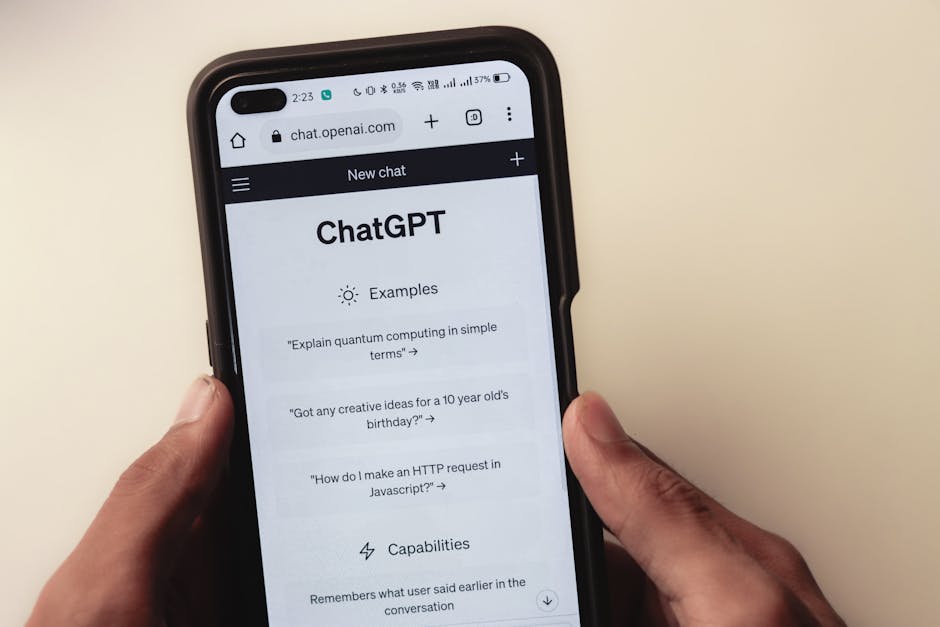
Pexels
One of the most challenging aspects of managing modern 5G networks is their complexity, which requires expertise across radio systems and software engineering. Traditionally, the creation of RAN applications has been slow and resource-intensive, limiting innovation and increasing operational costs. The Rapid RIC platform, however, is designed to overcome these obstacles by utilizing a drag-and-drop interface combined with AI-generated code. This enables engineers to seamlessly develop and deploy RAN applications at unprecedented speeds, reducing development time by an estimated 60-70%.
The platform uses Vodafone’s extensive data capabilities integrated with secure Google Cloud infrastructure to support real-time collaboration and deployment across multiple European markets. Through this approach, Vodafone can enhance its operational efficiency, accelerating the rollout of new and improved networking features from months to just weeks. This innovation also sets the stage for unprecedented automation, with rApps capable of optimizing signal strength, diagnosing and resolving network issues remotely, and even shutting down unused connections to conserve energy.
The Customer-Centric Advantages of Rapid RIC
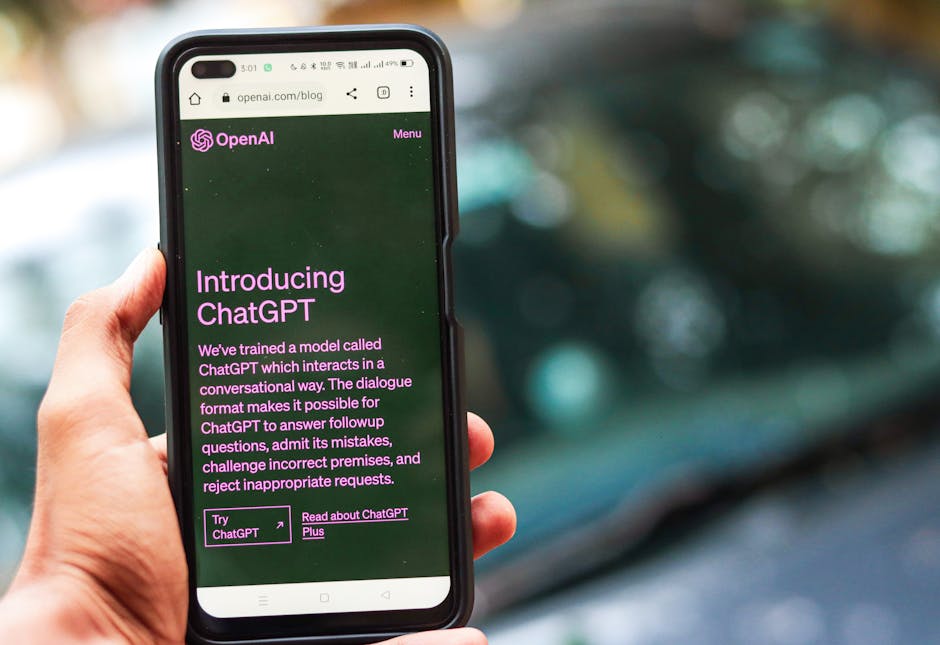
Pexels
For end users, Vodafone’s Rapid RIC platform represents a significant leap forward in connectivity and reliability. The automation of signal optimization ensures stronger network coverage in both urban hubs and rural areas, reducing the frustration of dropped calls or slow internet speeds. Moreover, by addressing energy efficiency, the platform aligns with sustainability goals while delivering tangible benefits like extended battery life for devices and lower operational costs for Vodafone. Customers are likely to notice enhanced real-time performance, particularly in high-demand scenarios such as busy urban centers or remote regions underserved by traditional networks.
Among the first rApps being developed, one focuses on automatically powering down unused mobile connections, aiming to eliminate inefficiencies while maintaining a seamless user experience. Another rApp leverages machine learning to fine-tune radio coverage settings, moving beyond the default factory optimizations to maximize network performance. By starting with these targeted applications, Vodafone demonstrates its commitment to merging cutting-edge AI capabilities with practical solutions that enhance daily user experiences.
Driving Innovation in Open RAN Networks
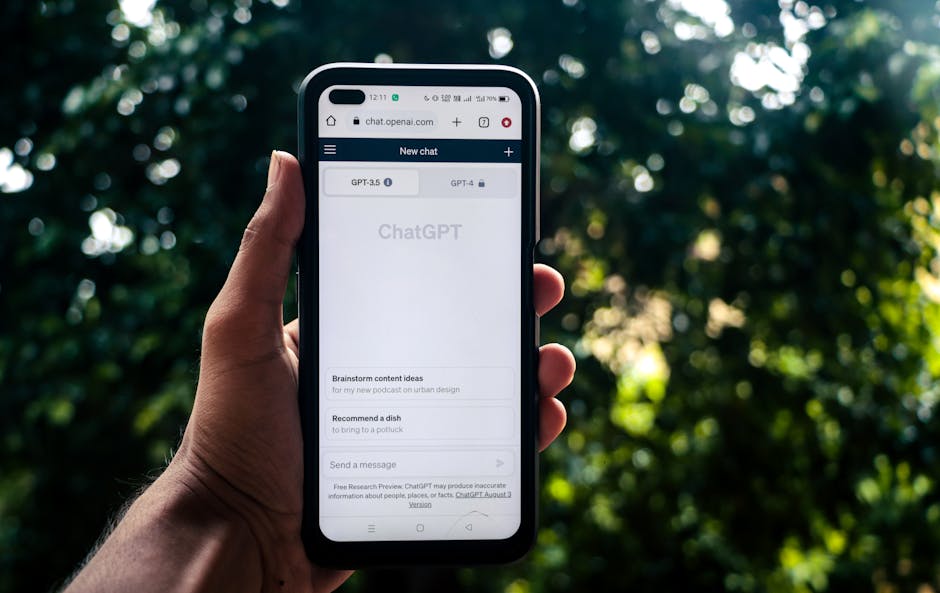
Pexels
The Rapid RIC platform is tailored for Open RAN, a technology model that encourages greater interoperability by allowing operators to combine hardware and software from different vendors. This flexibility fosters a rich ecosystem of innovation, and Vodafone aims to lead this trend by utilizing its platform as an ‘AI factory’ for scalable growth. The platform’s built-in AI simulator ensures that new rApps are rigorously tested and monitored before deployment, addressing potential risks associated with integrating AI-driven solutions into critical national infrastructure.
Importantly, Rapid RIC’s simulation-driven approach saves resources by eliminating the need for costly and labor-intensive test environments. This not only accelerates innovation but also reinforces the platform’s role as a driver of digital transformation in the telecom industry. As the project progresses toward its full launch in early 2026, Vodafone is setting the stage to share its expertise, offering services like software monitoring and testing to industry peers, solidifying its leadership in AI-powered telecom solutions.
Looking Ahead: Revolutionizing Telecom with AI
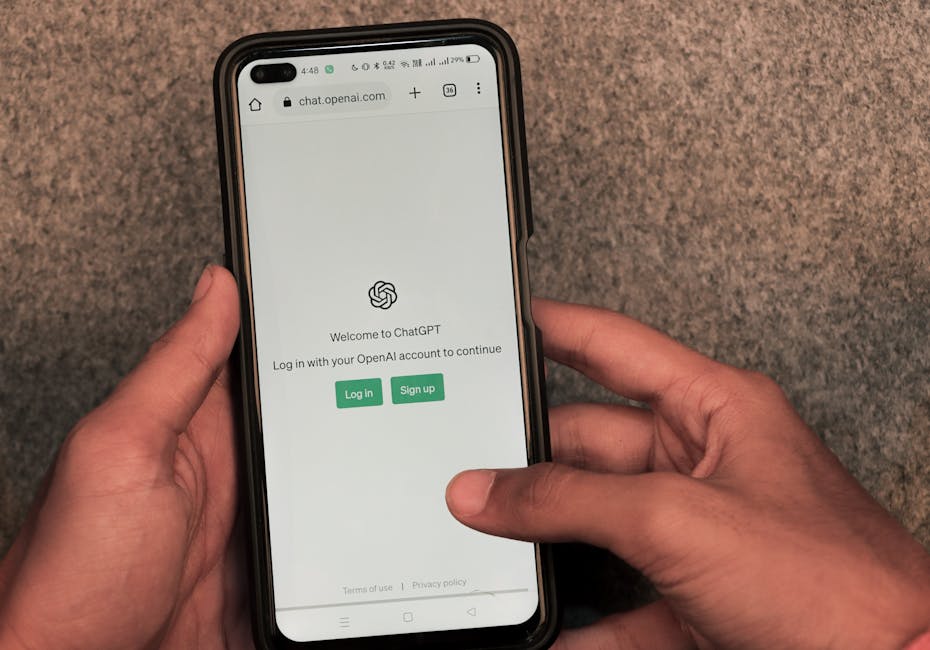
Pexels
As noted by Alberto Ripepi, Chief Network Officer at Vodafone, the goal is to simplify and fast-track the deployment of AI-powered applications to deliver stronger signals, greater network capacity, and improved sustainability. This partnership with Zinkworks reflects a larger industry shift, utilizing generative AI not just for text and image creation but for automating large-scale network operations. Paul Madden, CEO of Zinkworks, emphasized the transformative potential of this collaboration, stating that the platform’s visual programming technology enables faster service upgrades, improved network responsiveness, and accelerated innovation.
Vodafone’s strategic vision extends beyond internal use, with plans to commercialize the Rapid RIC platform, offering a range of applications and services to other telecom operators. By doing so, the company positions itself as a key player in advancing the capabilities of Open RAN while demonstrating the practical value of generative AI in the telecom sector.
